Understanding the D’Alembert System
The D’Alembert System offers a unique betting strategy rooted in centuries-old mathematical concepts. I’ll delve into its background and fundamental principles to give you a comprehensive understanding.
Origins and History
The D’Alembert System was created by Jean le Rond d’Alembert, an 18th-century French mathematician. He initially developed the system to apply to theoretical probability in gambling. D’Alembert, famous for his contributions to fluid mechanics and mathematics, believed in the concept of equilibrium in betting, which suggests that losses and wins balance out over time. His system gained popularity and has been a staple in betting strategies ever since.
Basic Principles
The D’Alembert System relies on a progressive betting method. The standard practice involves increasing the bet size by one unit after a loss and decreasing it by one unit after a win. This adjustment aims to recoup losses in a controlled manner while capitalizing on winning streaks. For example, if I start betting $5 and lose, my next bet will be $6. On winning, I’ll reduce the bet to $5 again. The system works best with even-money bets, such as those found in roulette, blackjack, and other similar games.
Setting Up Your Betting System
Efficiently setting up your D’Alembert betting system is crucial for success. Two critical components are managing your bankroll and selecting your stake.
Bankroll Management
Effective bankroll management ensures you don’t exhaust your funds prematurely. First, determine your total bankroll—the amount you’re willing to spend. Divide this amount into units, representing your minimum bet size. For example, if your total bankroll is $100, you could divide it into 20 units of $5 each. This approach helps you gauge bets more comfortably within your means. A smaller unit size provides a buffer against an extended losing streak, enhancing the system’s efficacy over time.
Selecting Your Stake
Choosing the right stake is vital for sustainable betting. Begin with one unit as your initial bet size. After every loss, increase the subsequent bet by one unit to maximize potential recovery. Conversely, after every win, decrease the next bet by one unit to lock in profits. For instance, if your first bet of $5 loses, the next bet should be $10. This structured approach balances risk and reward, fitting well with even-money games.
Applying the D’Alembert System
The D’Alembert System offers a systematic approach to betting. It helps manage risks by adjusting bet sizes after wins and losses. Here’s how to effectively use this strategy:
Step-by-Step Guide
- Determine Your Bankroll: Start by deciding how much money you can afford to lose. Divide this total into smaller units. For instance, if you have $100, consider dividing it into 20 units of $5 each.
- Initial Bet: Place your first bet at one unit. Using our $100 bankroll example, your initial bet would be $5.
- Adjusting After a Loss: Increase your bet by one unit after each loss. If you lose your $5 bet, the next bet would be $10.
- Adjusting After a Win: Decrease your bet by one unit after each win. If you win a $10 bet, your next bet would drop to $5.
- Tracking Bets: Maintain a record of wins and losses to manage your bets and adjust accordingly.
- End Game: Decide when to stop. You might stop when you’ve doubled your initial bankroll or reached your loss limit.
Examples of Bets
Consider you start with a $100 bankroll:
- First Bet ($5): You win. Next bet decreases to $5.
- Second Bet ($5): You lose. Next bet increases to $10.
- Third Bet ($10): You lose. Next bet increases to $15.
- Fourth Bet ($15): You win. Next bet decreases to $10.
This pattern continues, showcasing the balance the D’Alembert System aims to achieve. It’s particularly effective in even-money games like roulette and blackjack. The system’s simplicity makes it accessible even for beginners, promoting disciplined bankroll management and controlled risk.
Evaluating the Effectiveness
Evaluating how effective the D’Alembert System is can help determine if it’s the right choice for safer betting. By examining its advantages and limitations and comparing it to other betting systems, we can gain a comprehensive understanding of its potential.
Pros and Cons
Using the D’Alembert System has distinct benefits and drawbacks. Understanding these is crucial for making an informed decision.
Pros:
- Simplicity: The system is easy to understand and implement, requiring minimal calculations.
- Reduced Risk: Bets increase incrementally, minimizing substantial losses compared to other aggressive systems.
- Structure: Helps maintain a disciplined approach to betting, useful for beginners.
- Even-Money Games: Effective in even-money games such as roulette and blackjack.
Cons:
- Long-term Profitability: The system doesn’t guarantee long-term profits; it’s reliant on achieving balance over time.
- Losing Streaks: Extended losing streaks can erode bankroll quickly, making recovery challenging despite its conservative nature.
- Comparative Limitations: Other systems might offer better returns or safety, depending on specific game dynamics and personal strategies.
- Unit Dependence: Effectiveness hinges on the size of the betting unit chosen, which can vary based on initial bankroll and risk tolerance.
Comparing with Other Betting Systems
Analyzing the D’Alembert System relative to other betting strategies highlights its unique attributes and relative strengths.
Martingale System:
- Comparison: The Martingale system involves doubling bets after each loss.
- Risk Level: The Martingale system significantly increases risk, leading to substantial losses during extended losing streaks.
- Suitability: The D’Alembert System is safer for those cautious about capital depletion.
Fibonacci System:
- Comparison: This system follows a number sequence where each bet is the sum of the previous two.
- Risk Level: Incremental increase in bets but can lead to larger bets faster than D’Alembert.
- Suitability: Both systems suit even-money games, but D’Alembert might appeal more to beginners.
Paroli System:
- Comparison: The Paroli system involves doubling bets after wins.
- Risk Level: Limits losses since only the initial bet is at risk.
- Suitability: More aggressive growth strategy; D’Alembert is conservative in contrast.
Understanding these comparisons clarifies when and how the D’Alembert System might be the optimal choice. Each system has unique dynamics, making it suited for different types of players and specific betting scenarios.
Tips for Safer Betting

Implementing the D’Alembert System can contribute to safer betting practices. To enhance safety further, consider these tips.
Managing Emotions
Emotions often influence betting decisions. Stay calm and avoid impulsive bets if frustrated. Maintaining a clear mind enhances decision-making. Create a pre-set budget to prevent emotional decision-making—stick to it regardless of winning or losing streaks. Tracking emotions throughout the game can help identify patterns that might affect your judgment.
Knowing When to Stop
Deciding when to stop betting ensures financial security. Set win and loss limits before starting. Adhering to these limits prevents chasing losses or betting excessively during winning streaks. Regular breaks during betting sessions provide time to reassess strategies and emotional states. If you’re feeling fatigued or stressed, it’s wise to pause and resume when you’re more composed.
By focusing on managing emotions and knowing when to stop, you can significantly enhance the safety of your betting endeavors, especially when using the D’Alembert System.

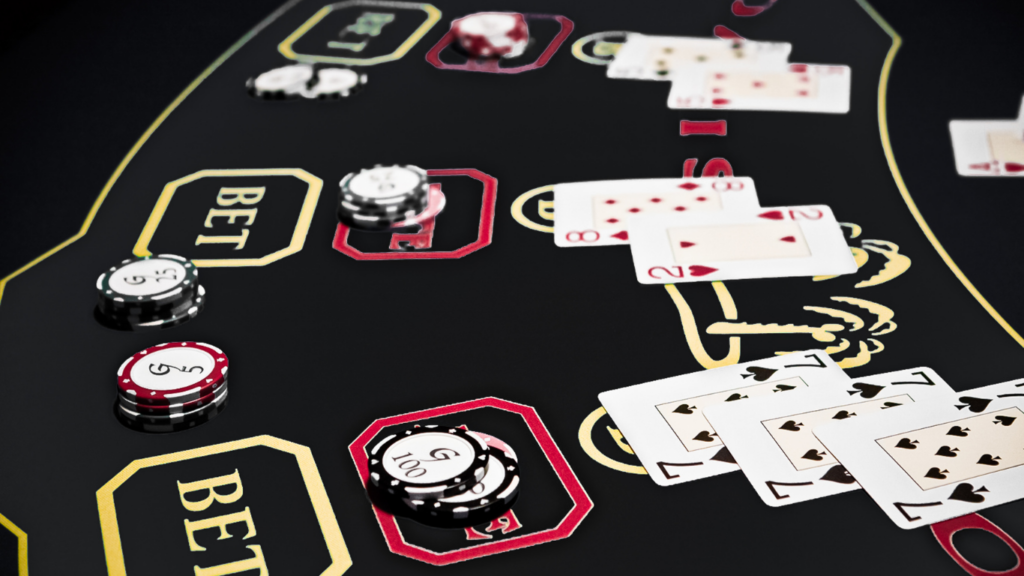
















































































































































































































































































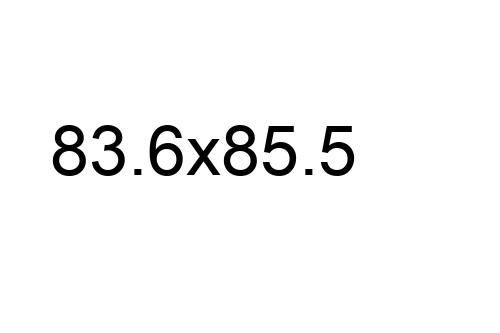
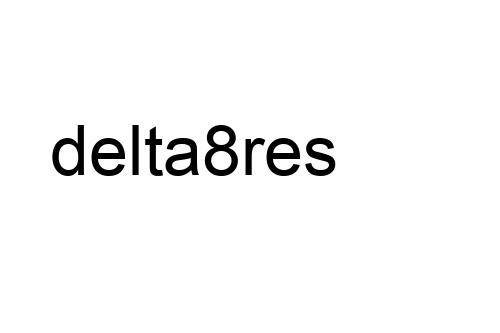





























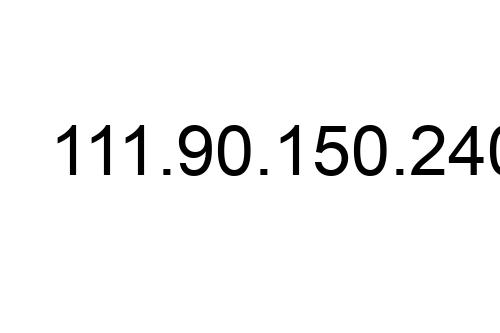



























































































































































































































































































































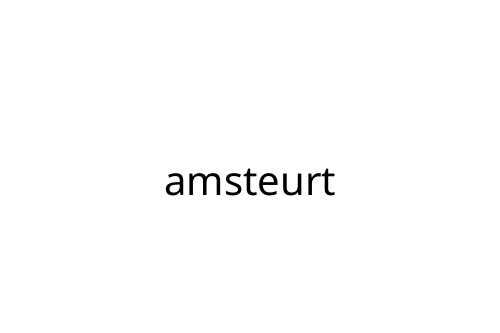








 Earlee Nelsonallers – Founder
Earlee Nelsonallers is the visionary founder of Smart Gamble Land, bringing over two decades of experience in the gambling industry. Passionate about strategy and innovation, Earlee has made it his mission to provide gamblers with advanced insights into winning techniques, effective betting systems, and casino game mastery. His deep understanding of gambling psychology has been the driving force behind the platform's success, making Smart Gamble Land a go-to resource for players seeking an edge. Earlee's dedication to educating and empowering gamblers sets the foundation for the platform's authoritative content.
Earlee Nelsonallers – Founder
Earlee Nelsonallers is the visionary founder of Smart Gamble Land, bringing over two decades of experience in the gambling industry. Passionate about strategy and innovation, Earlee has made it his mission to provide gamblers with advanced insights into winning techniques, effective betting systems, and casino game mastery. His deep understanding of gambling psychology has been the driving force behind the platform's success, making Smart Gamble Land a go-to resource for players seeking an edge. Earlee's dedication to educating and empowering gamblers sets the foundation for the platform's authoritative content.
